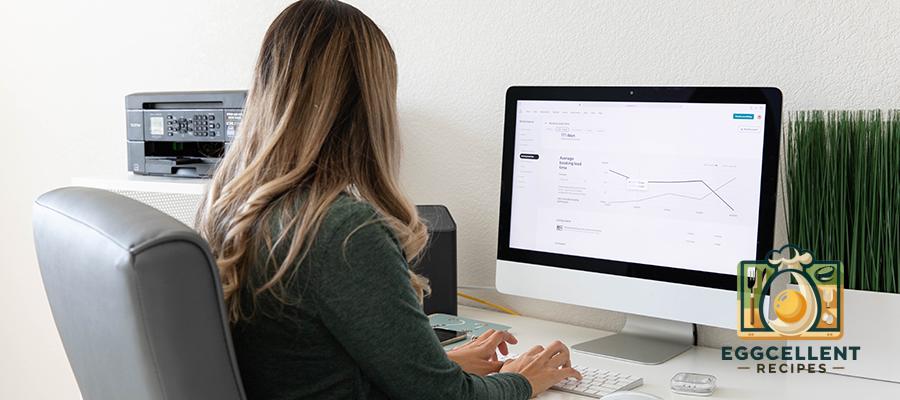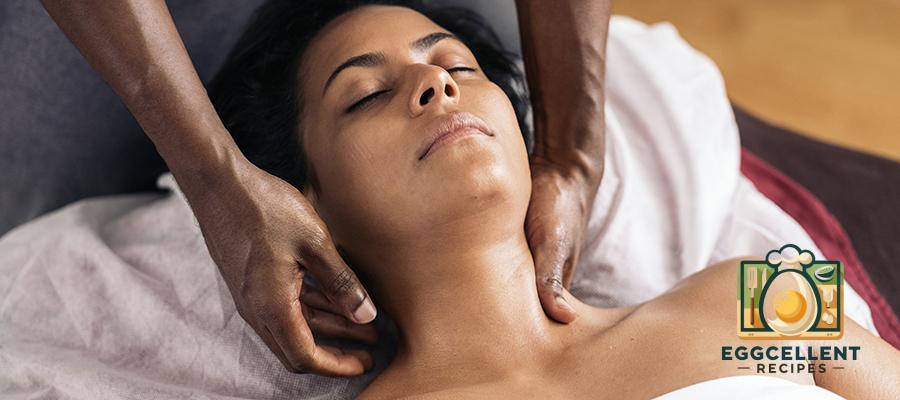
Neck pain is a common ailment that affects people of all ages. It can result from various factors such as poor posture, muscle strain, stress, or underlying medical conditions. Persistent neck pain can interfere with daily activities and reduce the quality of life. Fortunately, there are several ways to alleviate neck pain and prevent it from recurring. This article explores effective strategies to get rid of neck pain, including home remedies, exercises, lifestyle changes, and when to seek professional help.
Understanding Common Causes of Neck Pain
Before addressing neck pain, it’s important to understand its common causes:
- Muscle Strain: Overuse, such as spending too many hours hunched over a computer or smartphone, can lead to muscle strain.
- Poor Posture: Slouching or holding the head forward strains neck muscles.
- Injury: Whiplash from car accidents or sports injuries can cause neck pain.
- Degenerative Diseases: Conditions like osteoarthritis or degenerative disc disease can contribute to neck discomfort.
- Nerve Compression: Herniated discs or bone spurs in the vertebrae of the neck can press on nerves branching out from the spinal cord.
- Stress: Emotional stress can cause muscle tension in the neck and shoulders.
Home Remedies for Neck Pain Relief
1. Apply Cold and Heat Therapy
- Cold Therapy: Applying an ice pack to the affected area during the first 48–72 hours can reduce inflammation and numb pain. Use the ice pack for 15–20 minutes several times a day.
- Heat Therapy: After the initial inflammation subsides, applying a warm towel or using a heating pad can relax tight muscles and improve blood flow. Apply heat for 15–20 minutes at a time.
2. Gentle Stretching and Exercises

Performing gentle neck stretches can alleviate tension and improve flexibility:
- Neck Tilt: Slowly tilt your head forward, bringing your chin toward your chest, and hold for 15–30 seconds.
- Side Tilt: Tilt your head toward one shoulder, keeping the opposite shoulder down, and hold for 15–30 seconds; repeat on the other side.
- Neck Rotation: Turn your head slowly to look over one shoulder, hold for 15–30 seconds, then repeat on the other side.
- Shoulder Roll: Raise your shoulders in a shrugging motion, roll them backward, then forward. Repeat 10 times in each direction.
Note: Avoid sudden movements and stop if you feel increased pain.
3. Maintain Good Posture
- At Work: Adjust your chair and computer monitor to keep your back straight and your head aligned over your shoulders.
- Smartphone Use: Hold your device at eye level to prevent bending your neck downward for prolonged periods.
- Sleeping Position: Use a pillow that supports the natural curve of your neck; consider sleeping on your back or side rather than your stomach.
4. Over-the-Counter Pain Relievers

Non-prescription medications can help manage pain and reduce inflammation:
- Nonsteroidal Anti-Inflammatory Drugs (NSAIDs): Ibuprofen or naproxen can relieve pain and swelling.
- Acetaminophen: Can help with pain but does not reduce inflammation.
Consult with a healthcare provider before starting any medication regimen, especially if you have underlying health conditions.
5. Stay Hydrated

Proper hydration helps maintain the elasticity and fluidity of spinal discs:
- Drink Plenty of Water: Aim for at least 8 glasses of water a day to keep discs nourished.
6. Massage Therapy

- Self-Massage: Gently massage the painful area to relieve muscle tension.
- Professional Massage: Consider seeing a licensed massage therapist for targeted relief.
7. Use Ergonomic Tools

- Ergonomic Chairs and Desks: Invest in furniture that supports proper posture.
- Headsets: Use a headset for phone calls to avoid cradling the phone between your ear and shoulder.
- Monitor Stands: Adjust your computer monitor to eye level.
Lifestyle Changes to Prevent Neck Pain
1. Exercise Regularly

- Strength Training: Focus on exercises that strengthen neck and shoulder muscles.
- Aerobic Exercise: Regular cardiovascular activity can improve overall muscle function and reduce tension.
- Flexibility Exercises: Incorporate yoga or Pilates to enhance flexibility and posture.
2. Take Frequent Breaks

- Movement: Stand up and move around every 30 minutes to prevent stiffness.
- Stretching: Incorporate neck and shoulder stretches during breaks.
3. Manage Stress

- Relaxation Techniques: Practice deep breathing, meditation, or progressive muscle relaxation to reduce stress-related muscle tension.
- Mindfulness: Engage in activities that promote mindfulness to alleviate mental stress.
4. Maintain a Healthy Weight

- Balanced Diet: Eat a diet rich in fruits, vegetables, whole grains, and lean proteins to support overall health.
- Regular Activity: Physical activity helps maintain a healthy weight, reducing strain on neck muscles.
When to Seek Professional Help
While most neck pain can be managed with home remedies, certain symptoms require medical attention:
- Persistent Pain: Pain that doesn’t improve after several days of self-care.
- Severe Pain: Intense pain that radiates down the arms or legs.
- Numbness or Tingling: Loss of sensation in the arms or hands.
- Loss of Strength: Weakness in the arms or hands.
- Fever: Neck pain accompanied by fever could indicate an infection.
- Accident or Injury: Pain following a car accident, fall, or sports injury.
- Difficulty Swallowing or Breathing: These symptoms may indicate a more serious condition.
Medical Treatments for Neck Pain
A healthcare professional may recommend:
1. Physical Therapy
- Exercise Programs: Tailored exercises to improve posture, strengthen muscles, and increase flexibility.
- Manual Therapy: Techniques to mobilize joints and soft tissues.
- Education: Guidance on how to modify activities to prevent strain.
2. Medications
- Prescription Pain Relievers: Stronger medications for severe pain.
- Muscle Relaxants: To relieve muscle spasms.
- Corticosteroid Injections: To reduce inflammation in severe cases.
3. Alternative Therapies
- Acupuncture: May help relieve neck pain by stimulating nerves and muscles.
- Chiropractic Care: Spinal manipulation can improve mobility and reduce pain.
- Transcutaneous Electrical Nerve Stimulation (TENS): Uses low-voltage electrical current for pain relief.
4. Surgery
- Considered Rarely: Only if nerve compression is causing significant symptoms that haven’t improved with other treatments.
Final Thoughts
Neck pain is a common issue that can often be resolved with simple home remedies and lifestyle adjustments. By maintaining good posture, staying active, and managing stress, you can prevent neck pain and improve your overall well-being. If pain persists or is accompanied by other concerning symptoms, it’s important to consult a healthcare professional for a proper diagnosis and treatment plan.






